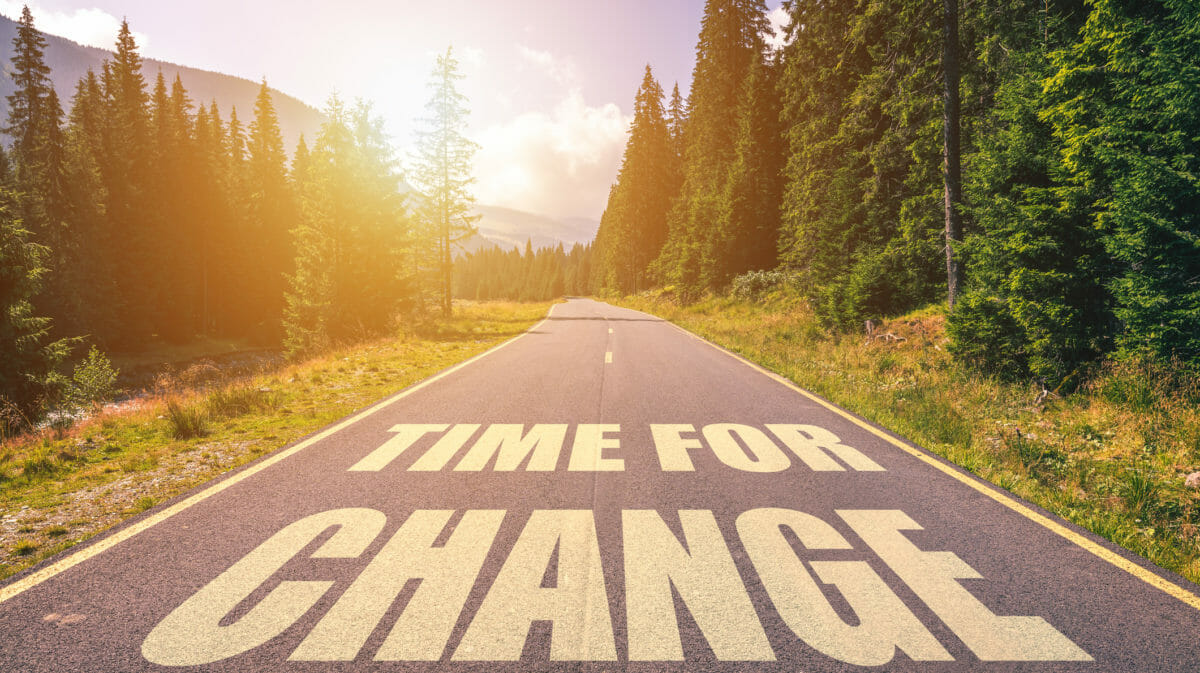LifeSource Moves to Donor Designation Rate Reporting
To keep a pulse on current support for donation in our community, LifeSource is evolving the way we measure current donor designation.

Did you know that a new name is added to the transplant waiting list every 10 minutes? Today, there are more than 100,000 people in the U.S. waiting for a life-saving transplant. Every American can sign up to save and heal lives by registering as an organ, eye and tissue donor on their license at the DMV and/or online. This important step makes the decision legally binding.
To keep a pulse on current support for donation in our community, LifeSource is evolving the way we measure current donor designation from share to rate.
Share & Rate: What’s the Difference?
- Donor Designation Share (DDS): percentage of the adult population registered as donors. Donor Designation Share is found by dividing the number of individuals in the donor registry of a state by the adult population of that state, as measured by the most recent census.
Example: If there are 3.948 million total people in the donor registry divided by Minnesota State population of 5.64 million = 70% DDS - Donor Designation Rate (DDR): percentage of individuals who register as donors at the DMV during a quarter. Donor Designation Rate is found by dividing the number of designated donors by the number of opportunities to designate as a donor in each quarter. This does not include those who register online, which is tracked separately so as not to double count; people can register in both places.
Example: Of the 20,000 new cards issued in one month in Minnesota, 11,600 check the donor box “yes” on their new or renewed license = 58% DDR
LifeSource has always reported on DDS but after careful review, will report on DDR as of June 2021.
Making Changes for the Future
While DDS has been helpful for reporting in the past, LifeSource is making this change because we believe DDR will give us a better understanding of designation in our region in real-time. Additionally, DDS involves inconsistent updates out of our control, and any significant shift in population size (like in 2020) can impact on the numbers we report.
Several other OPO’s have made the change to DDR, staying in alignment with the majority of OPO’s will give us insight into performance indicators. LifeSource consistently performs above the National average and moving to DDR will give us an additional benchmark. This change will also give LifeSource a more accurate picture of people registered in our service area. Finally, DDR will provide us with real-time measures of designation – giving us a better opportunity to adapt and respond to this feedback.
How You Can Help
While 90% of people say they support donation, only about 60% are designating or “saying yes to donation” at the DMV. It is important that if you believe in donation, you check the box to be a donor when getting or renewing your license or ID at the DMV. You can also document your decision by registering online.
One overlooked but important step in making the decision to become a donor is to share your decision with friends and family. Let them know you support donation and you’ve made the decision to register as a donor and help others after you’ve passed away.
 Skip to main content
Skip to main content
